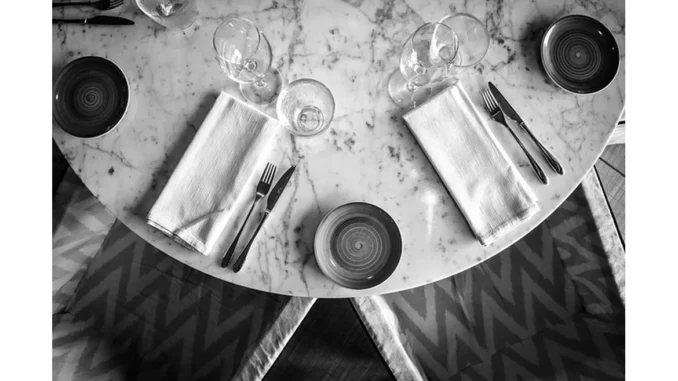
The Art of Table Setting: Elevating Your Dining Experience with Elegance and Style
When it comes to hosting a truly unforgettable event, the table setting plays a pivotal role in creating the perfect atmosphere. Whether you’re planning a casual brunch or an elegant dinner party, the right tableware can transform the dining experience and leave a lasting impression on your guests. In this article, we delve into the nuances of table setting, exploring various tableware materials, tips for selecting the perfect pieces, and innovative ideas for styling your table.
Understanding Tableware Materials
Before delving into the aesthetics of table setting, it is essential to understand the different types of tableware materials available. Each material offers unique characteristics and benefits, making it suitable for various occasions and personal preferences.
Earthenware
Earthenware is often the most budget-friendly option among crockery materials. Fired at lower temperatures, it is typically finished with a varnish that adds a textured appeal. However, its porous nature, heaviness, and susceptibility to scratching render it less durable than other materials.
Stoneware
Stoneware, fired at higher temperatures than earthenware, results in a stronger, thicker, and more durable material. Its practical nature, being both dishwasher and microwave safe, makes it an ideal choice for everyday use. Stoneware’s robustness and versatility make it a beloved choice for casual dining settings.
China
China, an umbrella term for ceramics made from refined kaolin clay, encompasses several varieties, each with distinct characteristics.
Porcelain
Porcelain, fired at even higher temperatures, produces a hard, white, and non-porous finish. Not only is it durable and strong, but it is also highly resistant to heat, yet lighter and thinner than stoneware and earthenware. Its hardy nature and typical microwave and dishwasher safety make porcelain a popular choice for everyday crockery.
Bone China
Bone china, akin to porcelain in composition, includes 25% calcified bone or bone ash, which is typically fired at lower temperatures. This process results in a lighter, creamier, and more translucent finish. Despite its delicate appearance, bone china is one of the strongest and most durable crockery materials available.
Fine China
Fine china, similar to bone china but without bone ash, is closer in composition to porcelain and fired at higher temperatures. This results in a harder and more durable design. Fine china and bone china are often more costly than porcelain, making them ideal for special occasions.
Choosing the Right Tableware
Selecting the right tableware involves balancing functionality with aesthetics. Here are some expert tips to help you choose the perfect pieces for your table setting:
1. Consider the Occasion
The type of event you’re hosting dictates your tableware choices. For casual gatherings, stoneware or earthenware may suffice, while more formal events call for the elegance of porcelain or fine china.
2. Match Your Style
Your tableware should harmonize with the overall style and theme of your event. Whether you lean towards a minimalist, rustic, or sophisticated look, select pieces that align with your vision.
3. Mix and Match
Embrace the eclectic by mixing and matching different materials and patterns. Combining various textures and colours can add visual interest and personality to your table setting.
4. Prioritise Durability
For everyday use, prioritise durable materials like stoneware or porcelain that can endure frequent use and washing. Reserve more delicate pieces like fine china or bone china for special occasions.
Creative Table Setting Ideas
Armed with a better understanding of tableware materials and selection tips, let’s explore some creative ideas for styling your table:
1. Layering
Layering different plates, bowls, and chargers can add depth and dimension to your table setting. Start with a charger or placemat as the base, followed by a dinner plate, salad plate, and bowl. This creates a visually appealing and well-organised table.
2. Play with Colours
Incorporate a mix of colours to create a vibrant and inviting table setting. Consider using a neutral base with pops of colour in your napkins, glassware, or centrepiece.
3. Add Natural Elements
Introduce natural elements like fresh flowers, greenery, or wooden accents to infuse a touch of nature into your table. This adds warmth and a sense of freshness to your dining experience.
4. Personalise with Place Cards
Personalised place cards can add a thoughtful touch to your table setting. Use creative materials like leaves, stones, or small frames to display your guests’ names.
5. Use a Statement Centrepiece
A statement centrepiece can serve as the focal point of your table setting. Consider using a large floral arrangement, a collection of candles, or a unique decorative piece to draw attention and set the tone for your event.
By mastering the art of table setting, you can create a memorable dining experience for your guests. Through understanding the various types of tableware materials, selecting the right pieces, and incorporating creative styling ideas, you can elevate your table setting and make any occasion truly special.


Be the first to comment